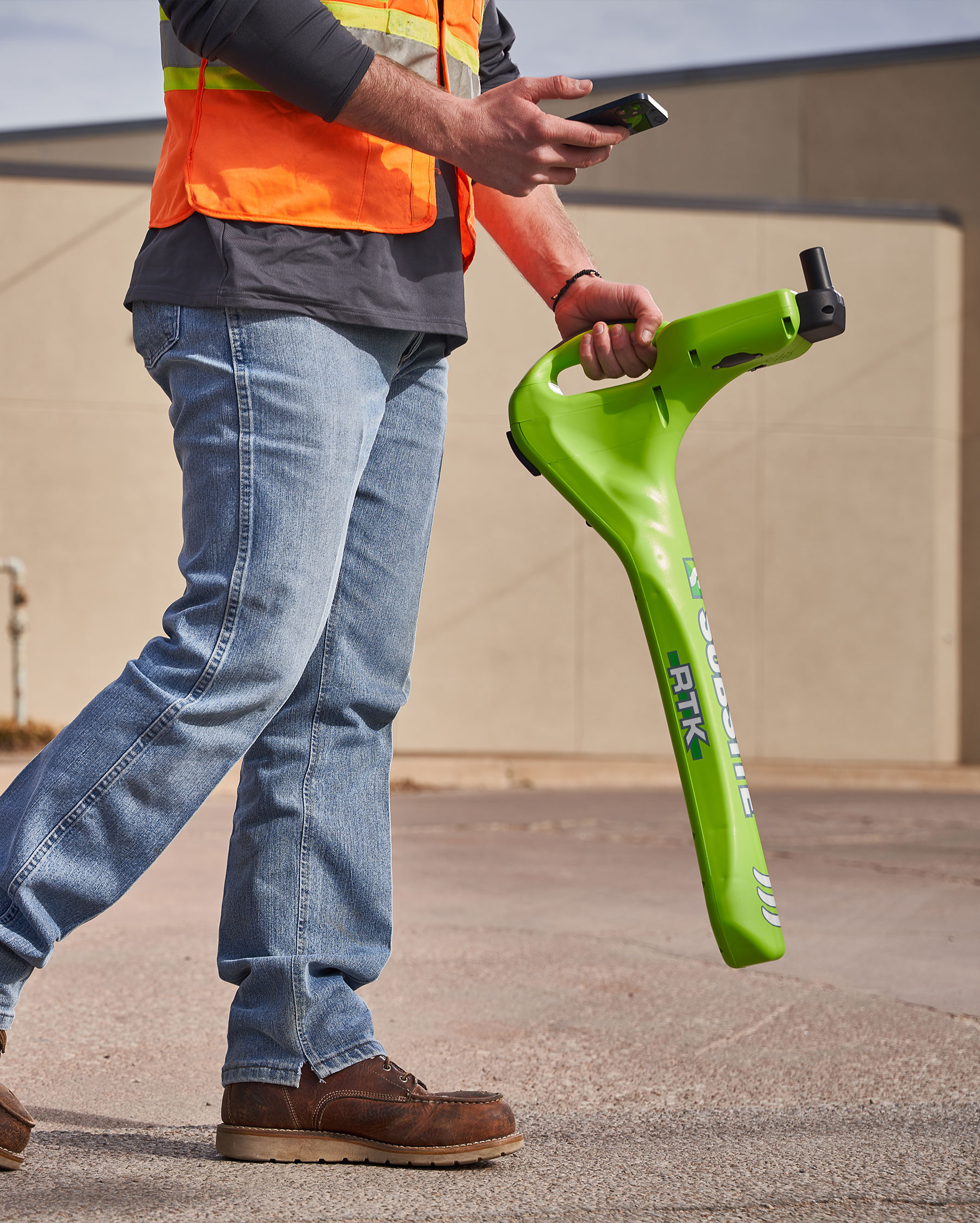Unearthing Value – Leveraging Digital Mapping and Job Site Data for Compliance and Profitability

From Dig Different
By Cory Maker and Patrick Iyonsi
In the ever-changing landscape of underground construction, digital documentation has become an indispensable tool for underground professionals. From pre-drill planning to comprehensive post-drill reporting, the advantages are abundant. It enables contractors to navigate congested easements, sidestepping the dangerous and costly pitfalls of cross bores. By closely monitoring equipment usage, operators can gain valuable insights into performance and identify areas for improvement. And leveraging digital documentation can help operators big for jobs by taking into account the unique risks and challenges of each project.
However, the compelling reasons to adopt digital documentation continue. A new imperative is emerging that adds a sense of urgency to this practice — compliance and regulation. As regulations tighten, operators will soon find themselves compelled to document their jobs as a matter of legal necessity.
For example, California’s Senate Bill 865 will require that all new subsurface installations in the state be “mapped using a geographic information system and maintained as permanent records of the operator.” The bill’s activation has been delayed. But when it does take effect, the bill will make California the first state to legally require the creation and preservation of maps for subsurface installations.
Other states are likely to follow suit and enact similar laws. And cities across the U.S. are also creating their own requirements at the local level to protect people and underground utilities.
At the same time, more bid specs are also requiring that contractors provide electronic drilling records as part of a job. This involves logging specific data about your drills’ operating parameters during a job.
Collecting bore and equipment data may seem like added work. And for fiber installation, operators may worry that work will eat into tight profit margins that are common in the industry. But the truth is, contractors likely already have much of what they need to record the data. And that data can do more than help them comply with new requirements — it can boost job site and operator efficiency and profitability.
UNCOVERING THE POWER OF DATA
Forward-thinking contractors have gone all-in on collecting and using data because they know it can help them work more efficiently. For example, Steve Sellenriek, president of Sellenriek Construction, is finding the collection of data critical to the current and future success of the job site.
“Not only can this information be used for planning, efficiency and compliance now; it can also be used to ensure future builds will be safer and more efficient as well,” says Sellenriek. “Our industry has the technology available and a workforce that understands how to use this technology in a way that does not impede production when trained properly.”
Additionally, contractors are finding data can help them track the productivity of each machine to better plan workloads and monitor machine hours to help plan maintenance in advance. And they can record machine duty cycles, fuel consumption and machine utilization to track costs and understand if operators are properly operating machines.
To gain a similar holistic view of their fleet and their job sites, three key data sets are needed.
No. 1: Data for the plan
A clear plan can help contractors create records for compliance purposes. It can also help contractors reduce risks and improve your productivity on the job.
Widely used utility-locating devices use automatic, real-time data capture and integrated GPS to help locator crews accurately and reliably locate underground utilities. The latest versions of the devices with enhanced receivers even allow crews to locate utilities with centimeter-grade accuracy.
As the device locates utilities, it can map and label them as power, water or telecom. The device records that information locally. Locator crews can then access the information from their smartphones and upload it to their mapping service, whether it’s a CAD system or cloud-based mapping service. Crews can also send the information to their supervisors, owners or other parties for approval or further action.
Eventually, as more cities and states require mapping of underground utilities, crews will also be able to upload this information to an external cloudbased system for statewide or even nationwide utility mapping.
What’s more, all this can be done using one device and one software — making the planning process simple and efficient. And because all data is recorded and managed digitally, rather than manually, it helps reduce the risk of errors.
No. 2: Data for the bore
Using an HDD guidance system, a drill operator can download a bore plan and see it overlayed on their guidance display. This can help them stay on plan by monitoring critical waypoints as they drill.
The system also logs bore data in real time. While in the field, the drill operator can download this data to their smartphone, tablet or computer to review a profile of their drill and compare it against the plan.
At the same time, onboard equipment telematics can record equipment operating data to help contractors meet EDR requirements and stay productive. The data can show, for example, how a drill is being utilized, how long its engine has been idling and if it is being misused or overused.
Telematics data can also include valuable equipment diagnostics to help minimize machine downtime. Operators on site can monitor fuel and DEF levels, battery performance and other systems. And fleet managers back in the office can track wearable and service parts to understand how quickly operators are going through drilling bits or digging chains.
No. 3: Data for the report
After a job is done, the HDD guidance system can generate an as-built report. Contractors can store the report along with the plan for compliance purposes and to resolve any potential disputes in the future about the bore.
Again, because data logging in the as-built report is digitally automated, it can reduce errors compared to handwritten bore logs. Automated documentation can also help contractors expedite the payment process. Instead of waiting weeks or even months for a paper-based payment to process, contractors can possibly get paid the same week a job is completed.
Contractors can also store equipment telematics data and use it both for EDR reporting and to help them better plan for jobs. They can monitor, for example, how each machine in their fleet is performing. They can look for patterns in idle hours to help schedule preventative maintenance. And they can use historical job site data to better plan for future workloads and more accurately estimate hours for new jobs.
In one case, a company used equipment fuel-consumption data to realize that its machines were running idle for too long — costing the company upwards of $800,000 per year. Such discoveries can help contractors improve how operators run machines and realize big savings.
The collection of this data is critical to the current and future success of the contractor. Not only can this information be used for planning, efficiency and compliance now; it can also be used to ensure future builds will be safer and more efficient as well. Our industry has the technology available and a workforce that understands how to use this technology in a way that does not impede production when trained properly.
SYNERGY IN ACTION
Harnessing the power of technology that likely already exists within a contractor’s fleet can revolutionize their effectiveness at every stage of a project. It empowers them to swiftly identify and map existing buried infrastructure, plan and execute new installations with unwavering confidence and effortlessly generate accurate as-builts and EDRs.
However, bore and equipment data alone is not sufficient — contractors must also possess the capability to integrate this data seamlessly. Without synergies between the technologies generating the data, valuable information can become trapped within isolated silos or restricted to its original source. The key lies in leveraging technologies designed to work harmoniously, enabling operators to streamline data sharing and access any desired information quickly.
By embracing a comprehensive and unified approach to data integration, contractors can unlock the true potential of their operations, experiencing unparalleled efficiency and unlocking a wealth of actionable insights.
ABOUT THE AUTHOR
Cory Maker is the product marketing manager for Subsite Electronics and Patrick Iyonsi is the utility inspection product manager for Subsite Electronics.
